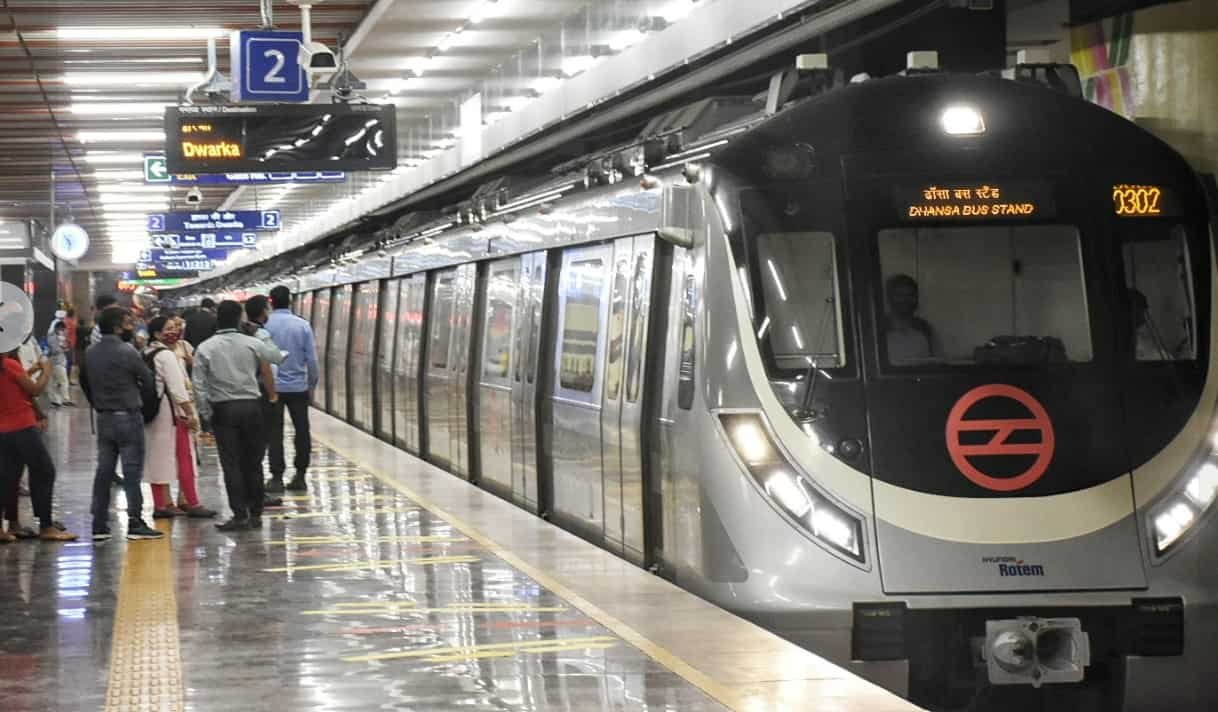India and Australia focussed on narrowing differences in key areas of goods, services, digital trade, government procurement and Rules of Origin (ROO) at the 10th round of India-Australia Comprehensive Economic Cooperation Agreement (CECA) negotiations this month in Sydney, per the government.
The two sides will continue talks through inter-sessional virtual meetings to move forward in the next negotiating round scheduled in person in November 2024 in India.
“The Australian government is keen to iron out all tricky areas as soon as possible so that the CECA can be formalised before focus shifts to the country’s federal elections scheduled in mid-2025,” a source told businessline.
- Also read: Australia-India ECTA working well for both countries, says Australian official
The negotiating space that Australia has to make compromises and reach a common ground with India in difficult areas may shrink as the elections approach, the source added.
“All the five negotiating tracks reported the outcomes of their discussions to the joint meeting of the chief negotiators which provided them further guidance to steer their future work. It was decided that given the clear understanding of each other’s proposals under the five tracks, track leads from both the sides would work out action plan for negotiations through virtual mode intersessionally before the next round, likely to be held in India,” per an official statement issued by the Commerce & Industry Ministry on Sunday.
The two countries already have a limited free trade agreement in place — the India-Australia Economic Cooperation and Trade Agreement (ECTA) — but it mostly focusses on trade in goods. It also excludes a number of ‘sensitive’ goods items.
India is hopeful that bilateral trade in 2030 may touch $100 billion, from an estimated $24 billion in 2023-24, once the bilateral trade pacts are fully implemented.
Under the ECTA, implemented on December 20, 2022, Australia agreed to eliminate tariffs on 96 per cent of goods imported from India immediately, increasing the elimination to 100 per cent by January 1, 2026, while India agreed to eliminate tariffs on over 85 per cent of Australian goods, which would rise to 90 per cent by January 1, 2026.
In the India-Australia CECA under negotiations, areas such as services, digital trade, government procurement, and some new areas are also to be incorporated. Australia hopes to have more market access in agricultural goods, at least in the premium segment. India, on the other hand, hopes to have a number of non-tariff barriers eliminated/reduced, especially those related to sanitary and phytosanitary standards and technical barriers, so that it can benefit more significantly from the tariff concessions on offer.
Both sides are also looking for significant gains in services. India wants easier visa norms for service providers, while Australia is focussed on more access in financial services.
Digital trade is a new sector for inclusion and the two sides hope to arrive at a consensus in at least some areas. While an agreement in areas such as cross border data flow, data localisation, and non-discrimination of digital products may be difficult, it could be possible in other areas, such as online consumer protection, cyber security, online trade facilitation, and AI, the source added.
At the Sydney meeting this month, Australia stated that it proposed to hold the first meeting of the India-Australia Agri Tech Forum (IAATF), a newly constituted forum by Australia, in New Delhi on September 23 2024, with the Indian agricultural stakeholders, both government and industry.




